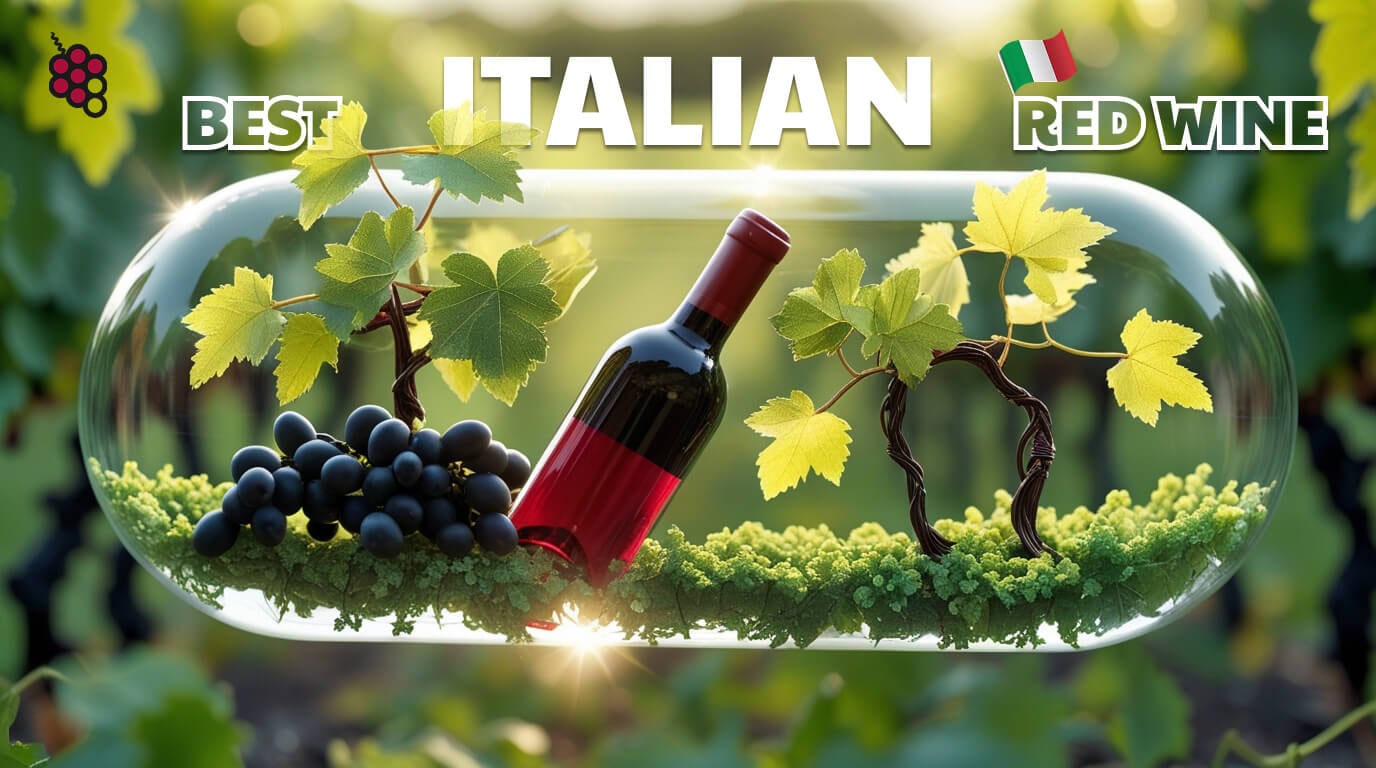
Italian red wine is full of variety, flavor, and history, but figuring out where to start can be tricky. With so many grapes, styles, regions and names that are hard to pronounce!, it’s easy to feel lost. This guide will introduce you to some of the most notable names to know, helping you find the perfect wine to match your taste. Whether you're after something light and fruity or bold and full-bodied, there's an Italian red for every palate and every occasion. We've made it simple by breaking things down region by region.
Best Italian Red Wines by Region
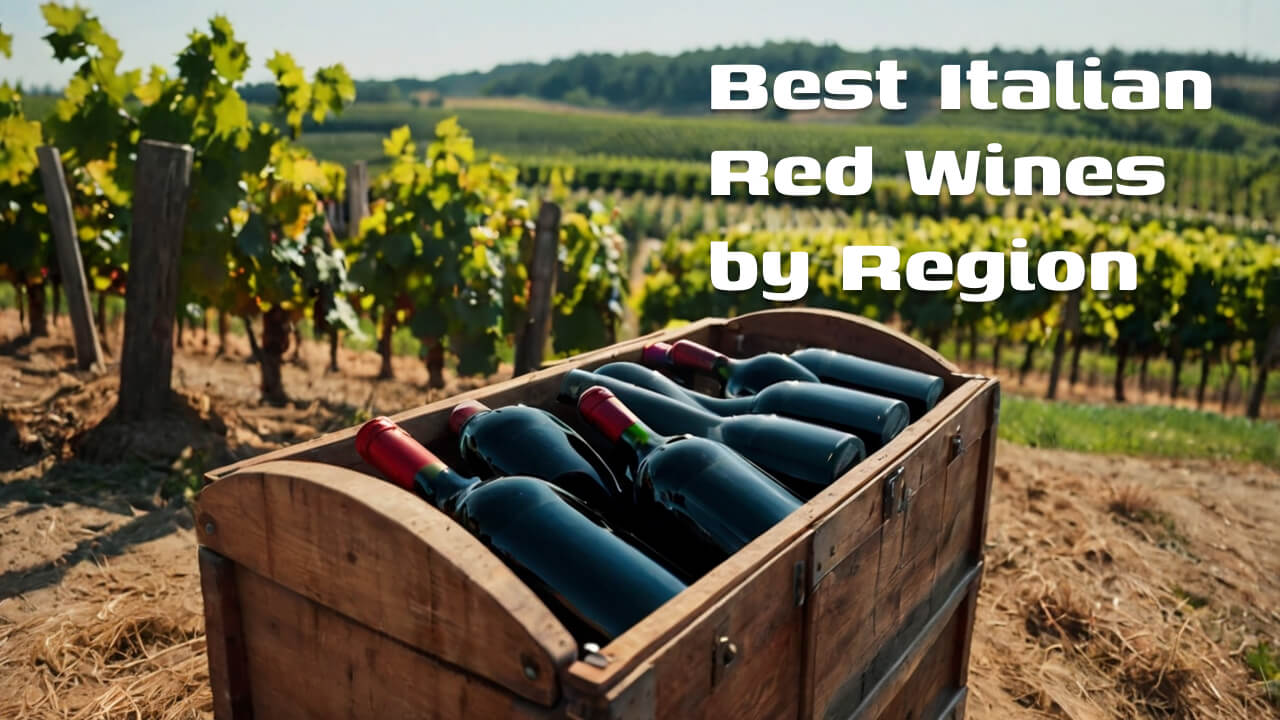
Tuscany
Tuscany is one of the most famous wine regions in Italy - and for good reason. It’s known not just for its amazing red wines, but also for its postcard-perfect views: rolling green hills, endless vineyards, blue skies, and charming villages with red-tiled roofs. The star of the show here is Sangiovese, Tuscany’s signature grape. It grows beautifully across the region, from the warm inland areas to the breezy coastal hills, and takes on a different personality depending on where it’s made.
If you’re after something truly special, try Fontodi’s Vigna del Sorbo. It’s made in the bold, rule-breaking Super Tuscan style, but it’s 100% Sangiovese - big, intense, and packed with flavor. The critics love it, and once you taste it, you’ll see why.
Want something great that won’t break the bank? Go for a good Chianti Classico. It’s a true Tuscan classic - full of flavor, well-balanced, and perfect for any occasion. It’s proof that top-quality wine doesn’t have to come with a huge price tag.
Sicily
Sicily, the southern tip of Italy, is a perfect place for growing grapes. The island enjoys a sunny Mediterranean climate with just the right amount of rain. Its volcanic soil, shaped by Mount Etna and nearby hills, is rich in minerals and gives the wines a unique character. For great value, try Josue Terre Siciliane Rosso - a smooth, fruity red made from local Nero d’Avola and Cabernet Sauvignon. It earned top scores of 98 and 99 from critics. Another excellent choice is Archineri Etna Rosso, a full-bodied red from the slopes of Mount Etna, known for its bold flavor and depth.
Lombardy
Located in northern Italy, Lombardy is a diverse wine region that defies a single style. Its varied landscapes create a mix of microclimates, making it home to several distinct red wine varieties. Though landlocked, Lombardy stays relatively cool thanks to its large lakes - most notably Lake Como and Lake Garda. For excellent quality at a fair price, try the Ronchedone red blend from Ca' dei Frati. Made from a mix of French and Italian grapes, it’s bold, full of flavor, and stands out with its deep scarlet color. A top choice with strong reviews to match.
Veneto
Located in northeastern Italy, Veneto is the country’s top wine-producing region. While it's best known for Prosecco, its standout red is Valpolicella - a blend of three native grapes: Corvina Veronese, Rondinella, and Molinara. The region’s climate ranges from cool Alpine areas in the north to warmer, drier zones in the south, giving its wines a broad range of styles. The most prestigious version is Amarone della Valpolicella Classico - rich, bold, and full of aroma. For a top-tier bottle, look for Quintarelli’s Amarone, a collector’s favorite that often scores 95+ points. On a more affordable note, try Opera No. 3 by Tinazzi. It’s not a Valpolicella, but this blend of three well-known Italian grapes offers great taste and value.
Sardinia
Sardinia, off Italy’s west coast, is unlike other Italian wine regions. Instead of classic Italian grapes, it focuses on varieties like Grenache (Cannonau) and Carignan, influenced by French and Spanish traditions. Though vineyards cover only a small area, the island’s warm climate and diverse soils make it ideal for red wine. Try Nau Cannonau di Sardegna from Mora & Memo - a smooth, spicy red with notes of plum and dark chocolate. Another great choice is Barrua from Agricola Punica, packed with red fruit and herbs. Both offer excellent quality and strong ratings.
Piedmont
Tucked between France and Switzerland, Piedmont is shaped by the Alps and Apennines, creating ideal conditions for growing grapes. The region is home to Nebbiolo, a high-acid red grape that produces Barolo - one of Italy’s most celebrated wines. If you're curious to try it, Barolo Bricco is a great choice. It ages beautifully and offers bold flavors of sour cherry - a true wine lover’s experience. For something more approachable, go for a Barbera. Oddero’s Barbera d'Alba Superiore has the same bright cherry notes, but with softer tannins, making it a perfect food-friendly red.
Abruzzo
On Italy’s sunny east coast, Abruzzo is a hidden gem for red wine lovers. Most of its vineyards lie high in the hills, surrounded by mountains and warmed by the nearby Adriatic Sea - the perfect mix for growing bold, flavorful grapes. The star here is Montepulciano, one of Italy’s most famous (and most exported) red wines. It’s rich, smooth, and made to be enjoyed with food - especially pizza. For a top-quality bottle, try Montepulciano d'Abruzzo Riserva from Masciarelli. It’s full of dark berry flavor and depth. Or go for In & Out by Collefrisio - a great wine at a great price, with several 95+ ratings to back it up.
Puglia
In Italy’s deep south, Puglia forms the “heel” of the boot - a sun-drenched region known for its flat landscapes, limestone-rich soils, and powerful red wines. It's the least mountainous part of Italy, with a hot Mediterranean climate that helps produce bold, deeply colored wines. Two of Puglia’s signature grapes, Primitivo and Negroamaro, thrive in the region’s southern tip. These wines often reflect the land itself - intense, fiery, and full of character. For great value, try the Primitivo Di Manduria from San Marzano, made from old vines growing in striking red soil. If you're looking for something more refined, Attanasio produces a top-tier Primitivo from Manduria - rich and bold, yet incredibly smooth - a true standout from southern Italy.
Trentino-Alto Adige
At the northern edge of Italy, near the Austrian border, Trentino and Alto Adige form one of the country’s most unique wine regions. Known mostly for its crisp white wines, the area is now gaining attention for its bold French-style red blends, especially those inspired by Bordeaux.Thanks to the warming effect of the Alpine valley floors, this cool-climate region can produce surprisingly rich red wines. For a deep, characterful blend, try Il Conte from Manincor, which combines Merlot, Cabernet Sauvignon, and the native Lagrein grape. If you're a fan of Pinot Noir, don’t miss Franz Haas Pinot Nero - a refined, aromatic red with notes of blackcurrant and spice, and one of Italy’s best expressions of this grape.
Questions we frequently get about Italian red wines
-
What are the three most popular Italian red wine grapes?
Sangiovese is by far the most popular and widespread red wine varietal in Italy - Chianti, Brunello and Rosso di Montalcino are all made from this grape, and it is frequently used in blends. Primitivo is a close second, largely grown in Southern Italy. It is famously potent, giving rise to full-bodied and powerful wines with an international reputation such as Primitivo Di Manduria. Finally, Nebbiolo, which is native to the Piedmont region, produces popular Italian wines with notes of tar and roses. These include the mighty and extremely high-quality Barolo, and the slightly less tannic Barbaresco.
-
What are the main differences between Italian and French red wine profiles?
Italian red wine can be stereotyped as generally bold, acidic and tannic, while French red wines may have slightly smoother tastes and are lighter-bodied. This is due to geography and differences in wine-making methods - France is further north, with less influence from the Mediterranean climate, and so has less capacity for producing robust, full-bodied grapes like Primitivo. However, the differences between Italian and French red wines are subtle, and can only be spoken about generally, as each wine-making region in either country has its distinct style and grapes.
-
Which of the most popular Italian red wines are traditional and which ones are relatively new to the scene?
The majority of the popular Italian red wine types have deep roots in Italian culture and a great deal of history behind them. Primitivo can be considered the newest, it was likely introduced to Puglia from Croatia in the 18th century. Wines bearing the name “Super Tuscan” are also relatively new to Italy, originating in the 1970s, as are any popular red wine blends that use international grape varieties.
-
How many main types of Italian wine are there?
Italian red wine can be categorised in many different ways. There is an endless amount of native grapes, which are used to produce even more wine styles. For example, the Sangiovese grape is used to make both Chianti and Brunello, which can both be considered major Italian wines, even though they are remarkably different. For simplicity, the major Italian red wine grapes can be limited to 8, some of which are used to produce more than one style of wine. Sangiovese (to make Chianti and Brunello), Primitivo (for Primitivo Di Manduria and Falerno), Nebbiolo (used to produce Barolo and Barbaresco), Montepulciano, Barbera (for Barbera D’Asti and Nizza), Nero d’Avola, Valpolicella Blends (made from several lesser known grapes), and Dolcetto.
-
What is the most famous wine in Italy?
Barolo is considered by many to be the most prestigious Italian red wine. It is ranked alongside the best of Bordeaux’s reds, wines from Rioja, and Burgundian Pinot Noirs. Barolo is high in tannins and acidity, full-bodied, and well known for its bouquet of tar and roses.
-
What are the best value Italian red wines?
Some of the best Italian red wines that combine high ratings and quality with an affordable price are this Rosso from Josue Terre Siciliane which was rated 99 by Luca Maroni, these Valpolicella blends from Luciano Arduini and Tinazzi winery, or this classic Brunello Di Montalcino made by Castiglion del Bosco winery.
-
What is a good Italian red wine to give as a gift?
This depends on what sort of gift you want to give - an age-worthy red wine, something that can be enjoyed straight away, or perhaps something with a beautiful wine bottle. For an age-worthy Italian red, you can’t do better than a Barolo or Barbaresco - we recommend this collectable Barolo from Piedmont, it’s a bottle than can gather some dust before being enjoyed. For an Italian wine that can be enjoyed immediately, Montepulciano d’Abruzzo is the answer - it goes well with pizza, and tasting cases are also available online. A beautiful bottle comes down to personal taste - it’s easy to find something funky, something tall and elegant, or something classic.
Hopefully, this guide has helped to demystify the world of Italian red wine for you. Although some wines are more highly regarded than others, it all comes down to personal taste. The only thing left to do is start tasting!







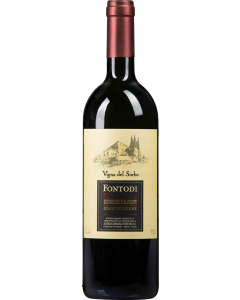

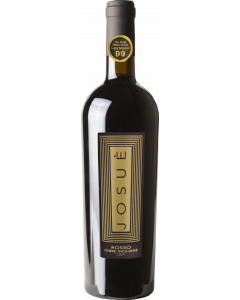

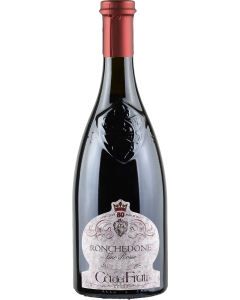
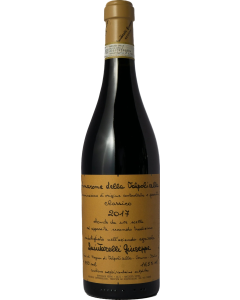
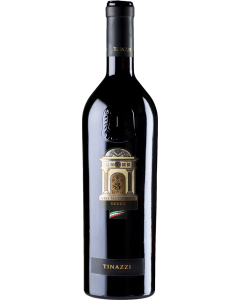
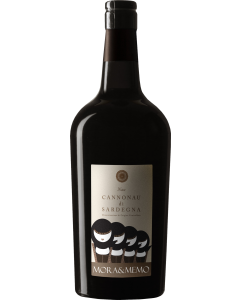

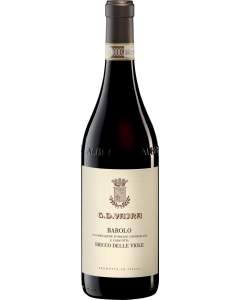
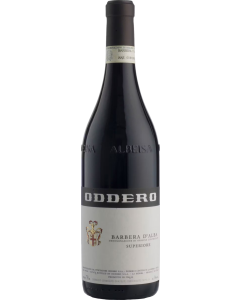
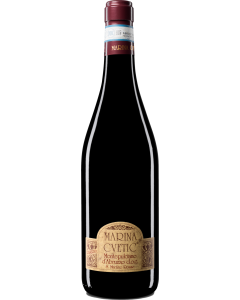
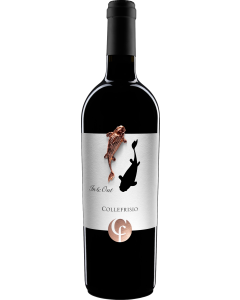
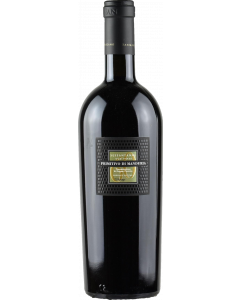

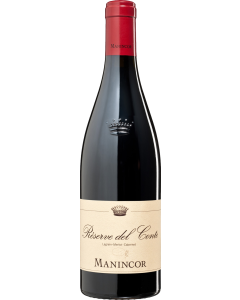
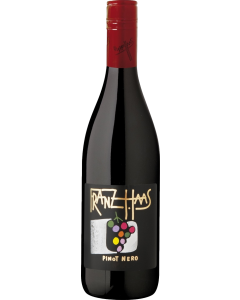



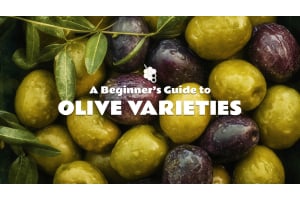
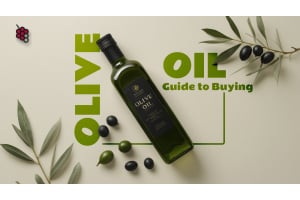




Great selection of wines, on point delivery and great prices.